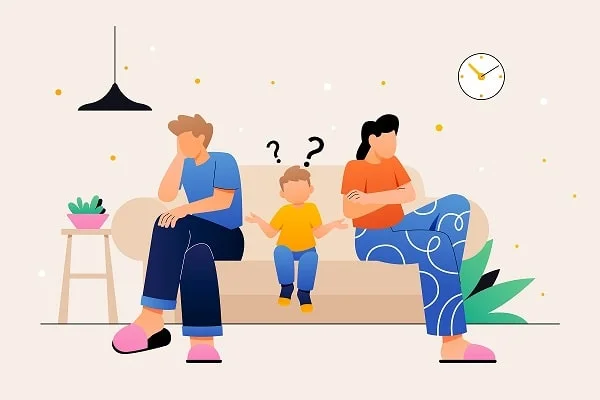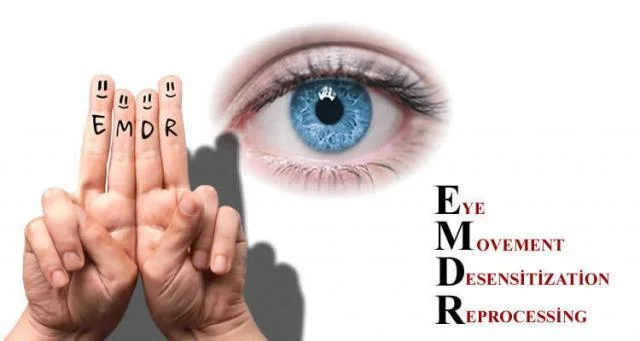
Solutions to Family Communication Problems From a Clinical Psychologist’s Perspective
- Solutions to Family Communication Problems From a Clinical Psychologist’s Perspective
- What Lies at the Root of Communication Problems?
- The Most Common Family Communication Problems I Encounter
- My Suggestions for Solutions
- In Conclusion…
One of the most fundamental and impactful areas of communication that individuals encounter in daily life is undoubtedly within the family. The family is the very first place where a person’s emotional, social, and psychological development takes shape. As a clinical psychologist, one of the most common issues I observe in my professional practice is the negative impact of dysfunctional family communication on individuals.
In this article, based on both observations from my clients and scientific approaches, I would like to share some of the main causes of family communication problems and offer potential solutions.
What Lies at the Root of Communication Problems?
Family communication problems generally stem from a lack of emotional sharing, misunderstandings, unspoken expectations, and a deficiency in empathy. The quality of communication, especially between parents and children, spouses, or siblings, directly affects the dynamics of the relationship.
Communication is not merely about talking; it also involves listening to the other person, trying to understand what they are saying, and being open to emotions. However, in many families, communication tends to revolve around commands, judgment, or blame, making it difficult to establish healthy connections.
The Most Common Family Communication Problems I Encounter
In my sessions with clients, the most frequently observed communication issues are as follows:
- Constant criticism and blaming: This causes the other party to become defensive.
- Lack of active listening: People often listen to respond, not to understand.
- Repression of emotions: Individuals tend to withdraw with the belief, “If I share, I won’t be understood.”
- Unspoken expectations: Expectations that are not clearly expressed often lead to disappointment.
- Ignoring children: When children’s opinions are not valued, their self-confidence and ability to form bonds are negatively affected.

My Suggestions for Solutions
Family communication issues are not insurmountable. With the right awareness and techniques, these problems can be significantly improved. As a clinical psychologist, here are the core solutions I often recommend:
- ✅ Develop Active Listening Skills: Effective communication starts with active listening. Making eye contact, genuinely trying to understand the other person, listening without interrupting or judging, and responding without starting with “But” can make a world of difference. I often ask my clients: “Are you really listening, or just waiting for your turn to speak?” Honest answers to this question usually reveal that the real issue is not listening.
- ✅ Share Your Emotions Openly and Transparently: Instead of saying, “You never understand me,” use “I feel lonely in this situation.” Using “I” statements softens the tone of communication. Expressing emotions in a non-accusatory, articulate way is far more constructive.
- ✅ Avoid Blaming and Judgmental Language: The language used in conversations with family members is crucial. Statements like “You’re always like this!” or “It’s all your fault…” push the other person into a defensive stance. Instead, use expressions that describe the behavior and offer a solution: “I noticed this behavior hurt me—how can we work on it together?”
- ✅ Make Time and Create Shared Spaces: To build strong bonds and emotional connection, family members need to spend quality time together—not just be in the same house. Even 15–20 minutes of daily conversation, shared meals, playing games, or taking walks can strengthen family ties.
- ✅ Practice Empathy: Empathy is one of the most valuable social skills within a family. Trying to understand another member’s perspective and accepting their feelings without belittling them can transform relationships. Especially with adolescents, empathy is the golden key to resolving conflicts.
- ✅ Use Technology in Moderation: Devices like phones, tablets, and TVs often become communication barriers. One simple practice I suggest to clients: keep all phones in a separate room during dinner. This small but powerful change opens up space for real interaction.
- ✅ Seek Professional Help When Needed: Sometimes family dynamics become too complex. In cases involving long-standing conflicts, past traumas, or unresolved emotional wounds, seeking help from a professional can be very beneficial. Through family therapy, individual counseling, or child-adolescent therapy, family members can learn to express themselves in healthier ways.
In Conclusion…
Family communication is a cornerstone of both individual mental health and social harmony. Strengthening this communication not only resolves issues but also fosters an environment of love, trust, and understanding. As a clinical psychologist, I wholeheartedly believe that every family can learn to communicate healthily with the right support and awareness. Because change becomes possible the moment communication begins.

Clinical Psychologist Esra Sayın




